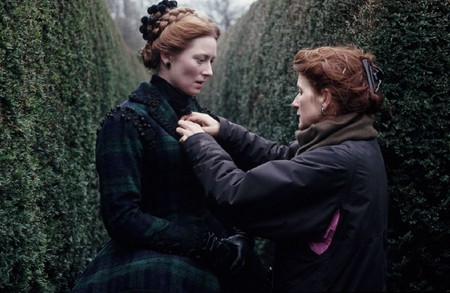

Potter says that ‘ in order to keep faith with Virginia Woolf’s use of real time ending the novel, the film had to end when it was completed-1992.’ Potter does this successfully as not only does she take on this idea the ending is not formed until everything else is shot. Although the film ending and the novel endings are different Potter loyally attempts to ‘think myself in Virginia Woolf’s consciousness’ and create a appropriate ending that Woolf herself might have written if she had lived until 1992.
Looking at Sally Potter\'s film version of Virginia Woolf\'s novel, \'Orlando,\' specifically regarding it\'s intertextual nature. When Tilda Swinton and Sally Potter were being interviewed at the BFI, they both talked about how passionate they were about creating Orlando the film, and they hoped that they could replicate the way the novel made them feel and succesfully represent this on film. As discussed in a seminar, one person's 'feelings' about a novel can vastly differentiate from another's (usually hindering the audience's enjoyment because they did not feel the same), so, when translating a medium from novel to film, which idea will resonate with all? Potter has chosen the ideas 'death' and 're-birth.' What is also interesting, is that a screenwriter will usually begin a script perhaps not totally aware of their controlling idea. Therefore, is the key to succesfully adapting a novel to film finding the 'controlling idea' of a novel and reproducing it cinematically?
Copyright ©2025 Adventure Pictures. Some rights reserved. Non-commercial use of text and images in which Adventure Pictures holds the copyright is permitted, with attribution, under the terms and conditions of a Creative Commons BY-NC-ND License.